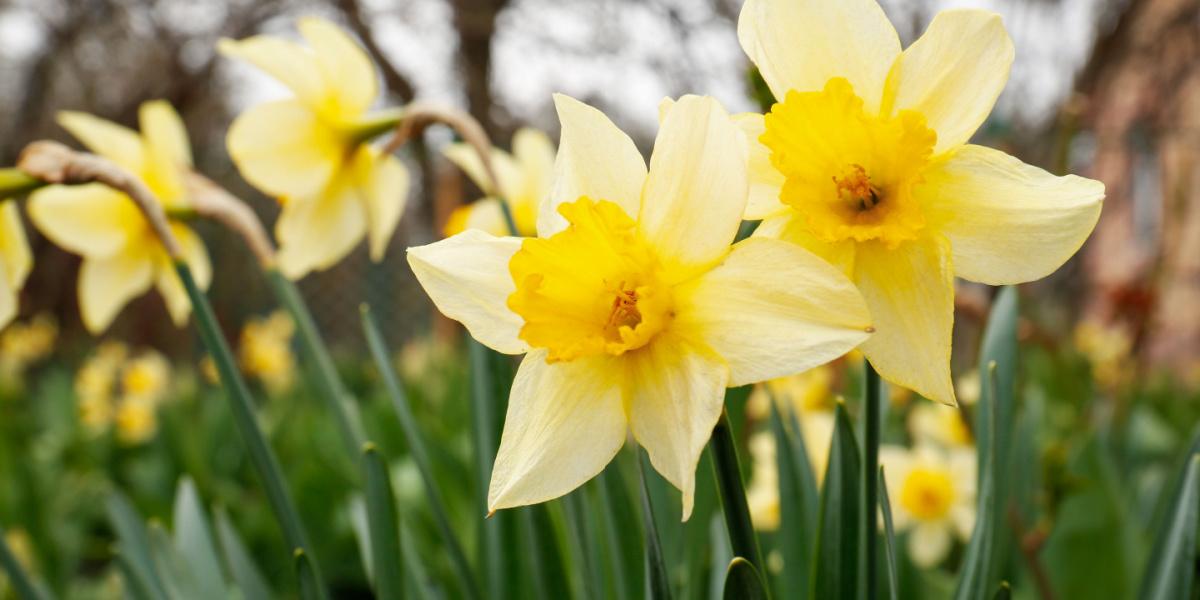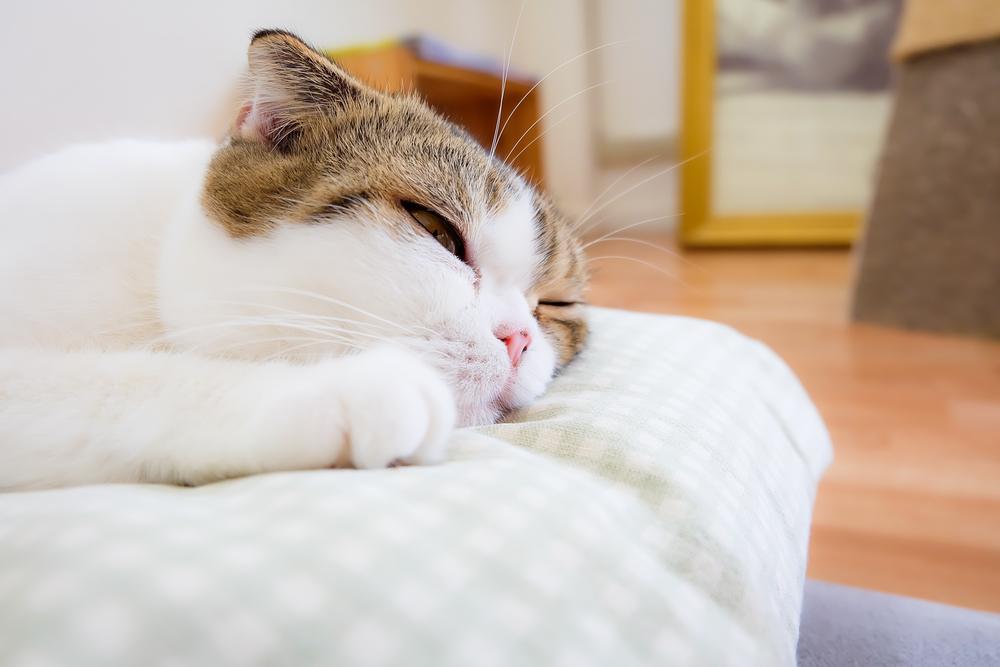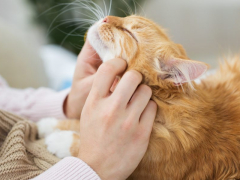
Rows of bright yellow daffodils, waving in the early spring breeze… it’s a beautiful sight! However, danger can lurk behind that dazzling facade. Responsible cat owners should always be aware of potential hazards for their precious pets and should be warned that daffodils are poisonous to cats.
With the whole plant able to cause potential illness, cats should be kept away from daffodils – especially the bulbs. Let’s talk about what to do if your curious cat decides to take a mouthful of this toxic plant.
Daffodils are a common sight in the spring time, with gorgeous bright blooms flowering around the Easter period, but they are sadly toxic to cats. Signs of daffodil poisoning include vomiting and diarrhea, excessive salivation, abdominal pain, tremors, lethargy, and collapse.
Cats exhibiting signs of daffodil poisoning should be taken to a veterinarian right away.Key Takeaways
Why Are Daffodils Poisonous to Cats?
Daffodils are from the Narcissus genus of the Amaryllidaceae family. They are toxic to pets due to the presence of alkaloids, including lycorine. These alkaloids have a range of effects on cats and can cause severe illness. Daffodils also contain calcium oxalate crystals which cause tissue irritation.
Are All Parts of Daffodils Poisonous?
Daffodil poisoning can occur from ingesting any part of the plant, including the blooms and leaves. The most poisonous part of the plant, however, is the bulb. Daffodil bulbs contain the most concentrated levels of alkaloids (the toxins), meaning they have the potential to cause the most ill effect on a cat that has eaten them.
Symptoms of Daffodil Poisoning in Cats

Every part of the daffodil plant is toxic to cats, especially the bulb when it is ingested.
The clinical signs of daffodil ingestion usually relate to the effects of alkaloid toxins and include:
More severe symptoms occur if large amounts are eaten. These symptoms include:
- Tremors and seizures (convulsions)
- Low blood pressure
- Altered heart rate and cardiac arrhythmias
- Weakness and collapse
- Respiratory depression (slow, shallow breathing)
- Coma
These symptoms can occur very quickly, around 15-30 minutes after ingestion. They can take up to 24 hours to appear, especially in milder cases where you may only see a stomach upset and excessive drooling.
In a more minor effect, the calcium oxalate crystals found in daffodils can cause local tissue irritation. This may appear as red, sore, or ulcerated areas inside your cat’s mouth. If your cat is showing any of the above signs of toxicity, then contact your vet urgently.
Also Read: Signs Of Poisoning In Cats: Causes, Symptoms, and Treatment
When Should You Call the Vet?
If you think that your cat may have eaten daffodil, then seek professional advice. Contact the Pet Poison Helpline, or contact your veterinarian directly. It’s helpful to know as many details as possible, such as the time that the plant was eaten, how much approximately was ingested, and if your cat is showing any symptoms of poisoning.
Can Daffodil Poisoning in Cats Be Treated?
Daffodil poisoning is, thankfully, rarely fatal in cats, but it can cause them to be quite unwell. A vet may recommend a range of treatment options, depending on the amount eaten and the signs that the cat is showing.
- Emetics: If your cat has only just eaten the daffodil, your vet may give them medication to make them vomit it back again.
- Activated charcoal: Your vet may administer special charcoal, which binds and absorbs toxins in the gastrointestinal system before they cause harm.
- Intravenous fluids: Your cat may need support from fluid therapy, which maintains hydration, supports organ function, and stabilizes blood pressure.
- Medication: Cats may need specific medications to treat individual symptoms, such as anti-seizure medication if they are having convulsions.
Depending on the severity of the toxicity, your cat may need to stay at the veterinary hospital for a few days to fully recover.
Prevention of Daffodil Toxicity

There are plenty of cat-friendly flowers and plants out there – daffodils are sadly not one of them.
It’s the responsibility of cat owners to keep their pets safe. That said, there are more toxic plants than you might think, and it can be difficult to keep a home or outdoor space completely free from potential harm. Be alert to dangers, and reduce risk by keeping plants away from curious cats.
Stay up to date on which plants are most toxic to cats, such as lilies and azaleas. If you have an accessible outdoor space or cultivate indoor plants, consider cat-friendly gardening. Keep all toxic plants inaccessible to cats, such as in a room they cannot get into, or use large stones or pebbles around the base of plants to make them less appealing and to prevent digging for bulbs. Store seeds and bulbs out of reach of curious paws.
Also Read: 10 Herbs That Are Toxic To Cats (And 7 That Are Safe)
Frequently Asked Questions
Can I have daffodils in the house with cats?
Daffodils are toxic to cats, so they are best not kept in a house with cats. If you do have them, make sure they are well out of reach of curious paws or kept in a room that the cats cannot access. Daffodil bulbs are the most toxic part of the plant, so keep them away from your cats if you’re a keen gardener.
What happens if my cat eats a daffodil?
Daffodils are toxic to cats, but the symptoms will range based on how much was eaten, and which part of the plant was consumed. Mild signs of daffodil poisoning include vomiting, diarrhea, and excessive salivation. More severe signs include a drop in blood pressure, heart arrhythmias, seizures, and collapse. If your cat has eaten daffodils, seek veterinary attention.
Can I have flowers if I have a cat?
Yes, there are plenty of cat-safe flowers, such as freesias, gerbera daisies, and gloxinia, to name a few. There are also some flowers to definitely avoid, such as lilies, crocuses, and azaleas, so it’s important to do your research. With some knowledge, a cat-friendly garden is perfectly possible.







